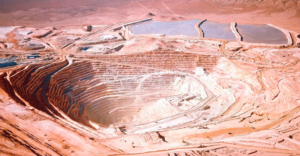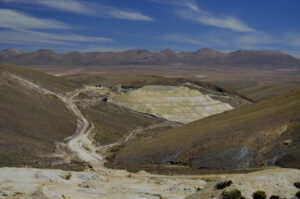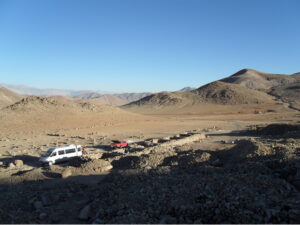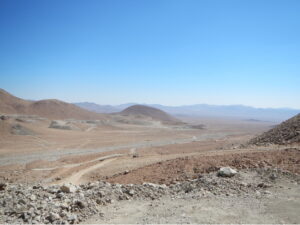
- USA | 4 September 2020
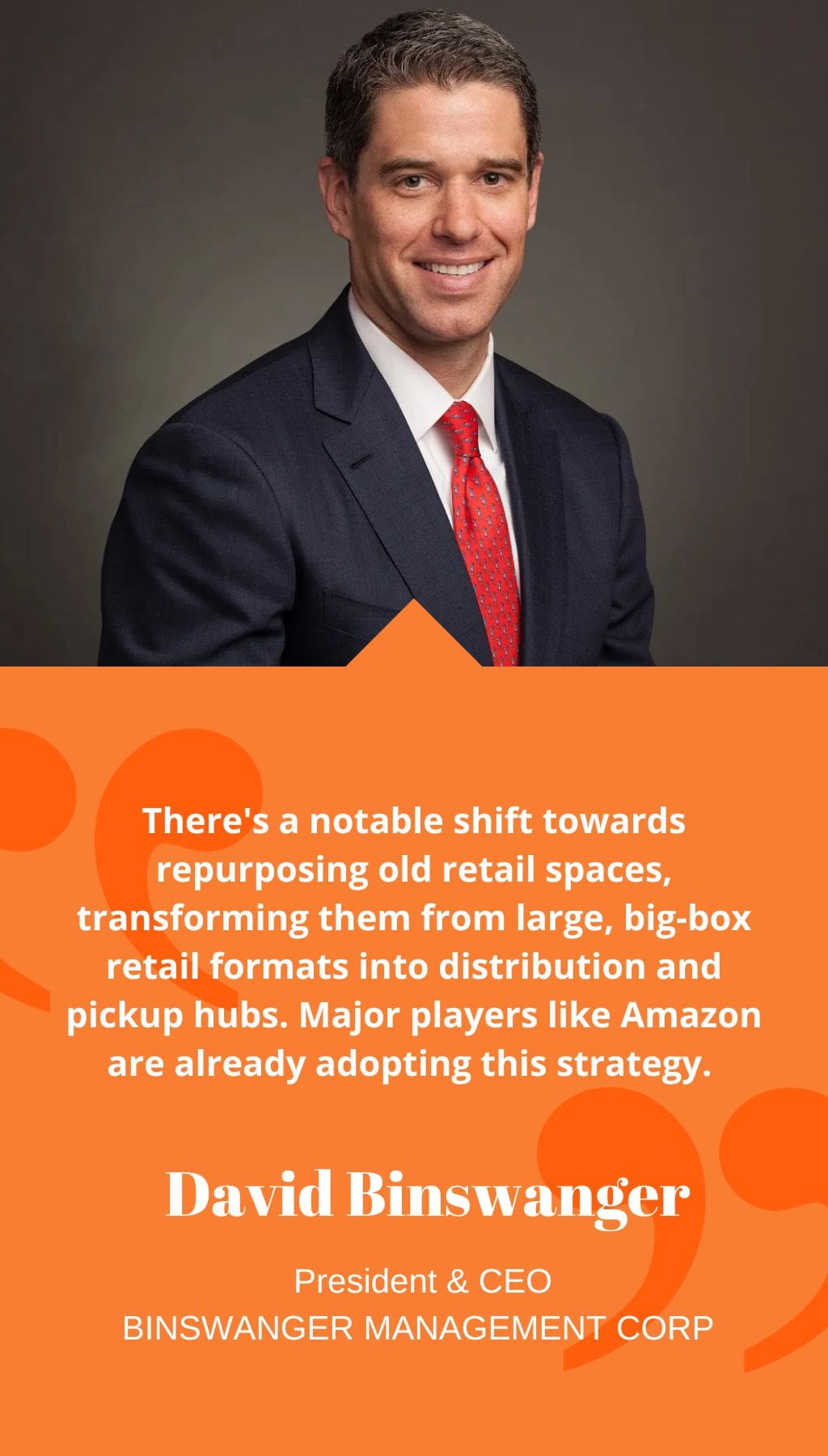
What significant shifts has your business witnessed due to the pandemic?
It’s been quite a dichotomy for us. We’re deeply involved with corporate America, where we’ve seen a spectrum of impacts. Certain companies are grappling with various challenges, while others are thriving. Take Comcast, for instance. They manage entertainment sectors like theme parks and film production, which have been significantly affected. On the flip side, we’re working with pharmaceutical giants like AstraZeneca, and they’re doing exceptionally well. Regarding office spaces, there’s a recalibration in progress. People are rethinking their strategies moving forward. On the industrial front, both locally in Philadelphia and nationwide, it’s booming.
What competitive advantages does Philadelphia offer in comparison to other regions?
Philadelphia’s standout advantage, especially in today’s landscape, is its life sciences sector. We boast an impressive array of teaching hospitals, perhaps more than any other city globally, and a strong foundation of major pharmaceutical companies. Biomedicine is the future, and the pandemic has amplified our focus on this field. Our capacity to cater to these enterprises presents a significant growth opportunity. In the industrial realm, there’s a reevaluation underway concerning the size and composition of buildings, emphasizing larger ceiling heights and closer proximity to markets. Repurposing older, large retail spaces for distribution is gaining traction. Fortunately, Philadelphia’s office market didn’t witness excessive overbuilding, positioning us away from anticipating significant vacancies.
In which sectors of the distribution industry do you notice significant growth?
There’s a notable shift towards repurposing old retail spaces, transforming them from large, big-box retail formats into distribution and pickup hubs. Major players like Amazon are already adopting this strategy. The pandemic has accelerated this trend, presenting a significant opportunity, particularly in Philadelphia due to its existing infrastructure. The trend veers towards replacing massive million-square-foot buildings with locations situated closer to customers. This shift is transforming distribution substantially. Rather than relying on a single large facility, the focus is on creating a distributed network or smaller setups that offer swift loading and unloading capabilities, reflecting a clear trend in the industry.








